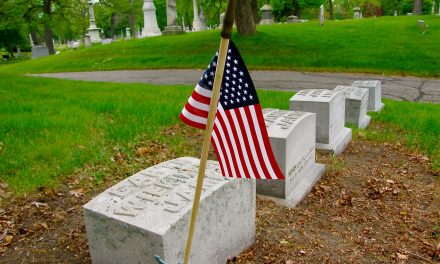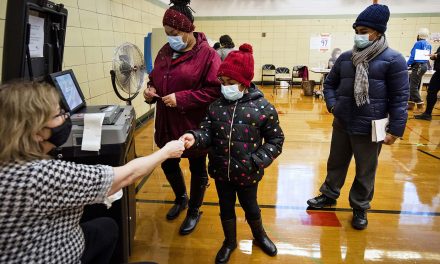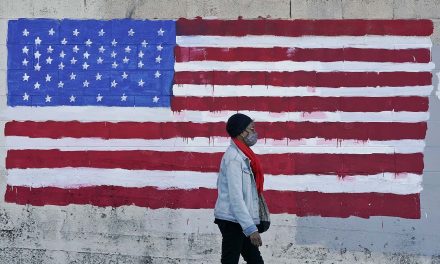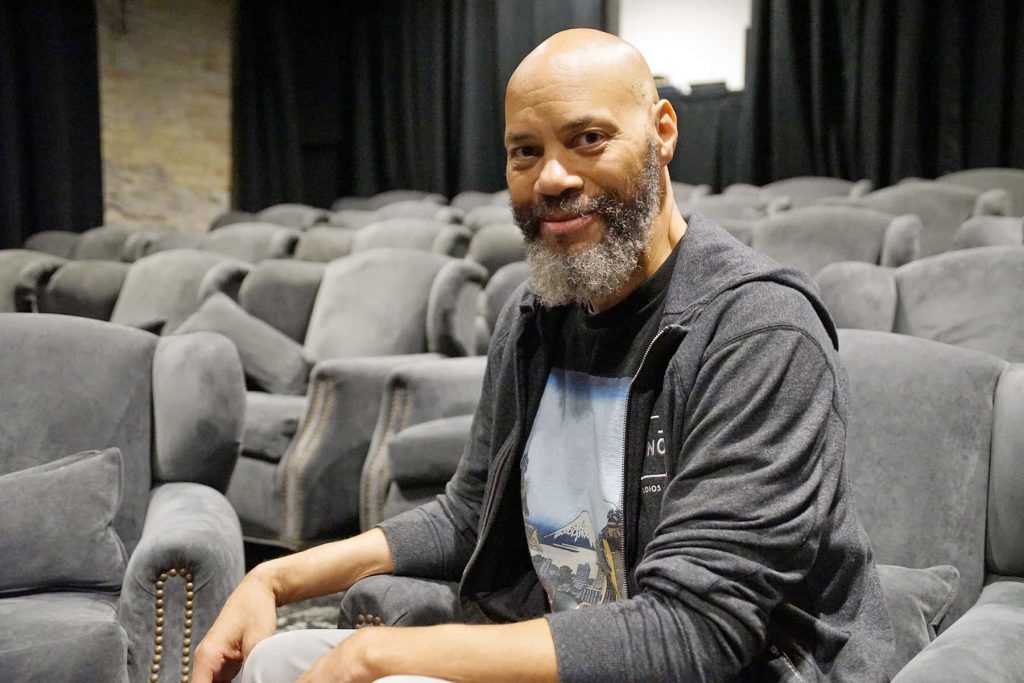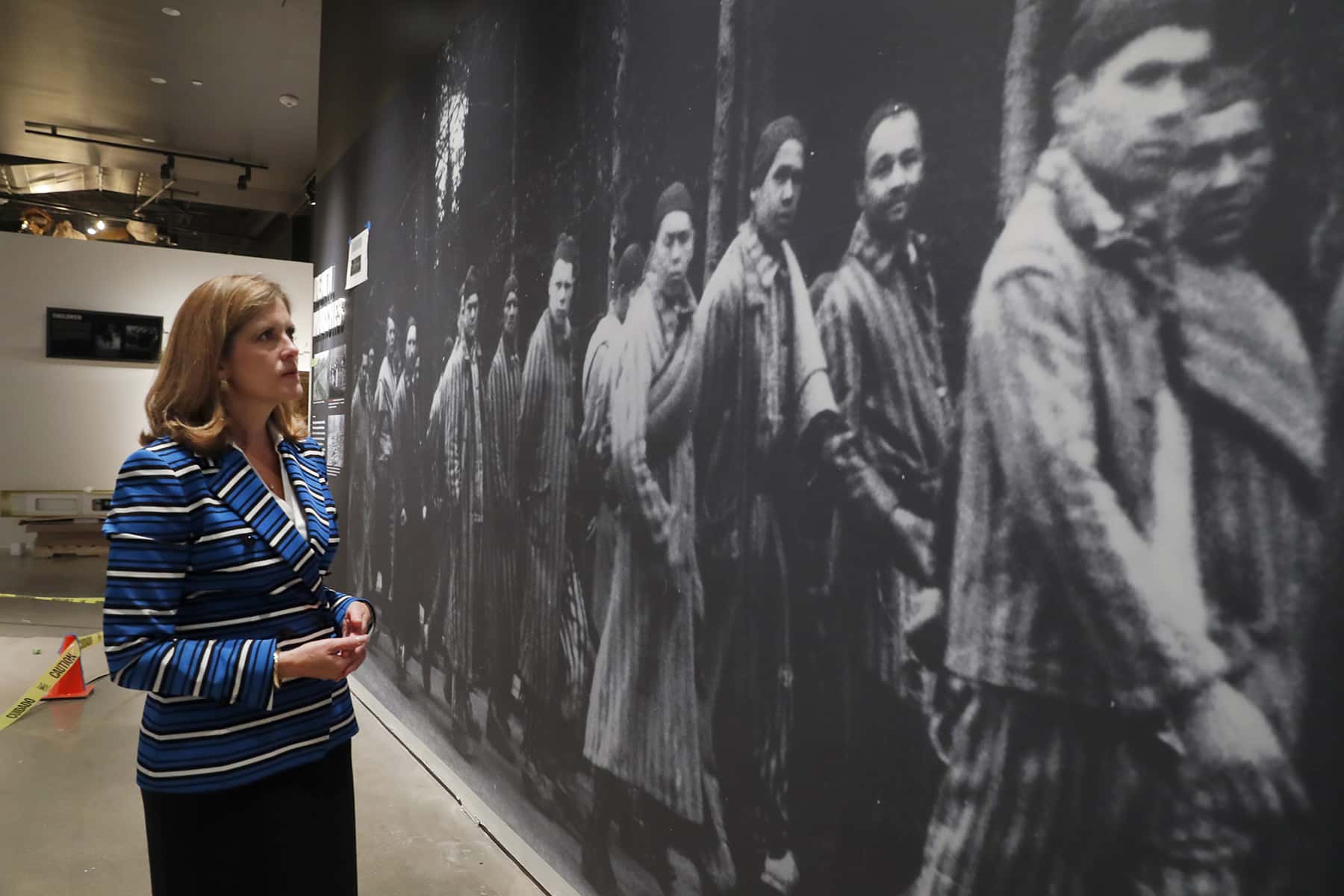
By Paul Morrow, Human Rights Fellow, University of Dayton
Seventy-five years ago, the world first saw the horrors of Nazi concentration camps.
Shot by photographers Lee Miller, George Rodger and others, and published in Time, the Daily Mirror and other outlets, these pictures showed gaunt figures greeting Allied soldiers, and corpses piled alongside concentration camp buildings. They presented guards killed by liberators or former prisoners and civilians forced to view the horrors committed in their name.
Critics have argued that regular viewing of these photographs risks further dehumanizing their subjects. Although it is important to engage with such worries, as a scholar of mass atrocity I believe they are misplaced. To engage thoughtfully with reports of atrocities happening today, one must look at photos of past crimes.
Influence at Nuremberg and the UN
Immediately after World War II, Holocaust photographs helped bring perpetrators to justice. At the International Military Tribunal at Nuremberg and other trials, photographs and films from Nazi leaders’ own collections were used as evidence against officials accused of war crimes.
For example, it was a photograph that led to the death sentence for Corporal Josef Bloesche, a member of the Nazi party. In the photograph, Bloesche, holding a machine gun, is seen standing alongside a young boy who is surrendering with his hands raised following the 1943 Jewish resistance in the Warsaw Ghetto in German-occupied Poland.
Although its initial judicial use is largely forgotten, this photograph of the “Warsaw Ghetto Boy” remains among the most iconic of all photos of Nazi crimes.
Holocaust photos also influenced the drafters of the Universal Declaration of Human Rights, the foundational human rights document first published in 1948. The preamble to that text, which shapes many aspects of international and domestic politics, mentions “barbarous acts” that have “outraged the conscience of mankind.”
Historian Sharon Sliwinski, commenting on the widespread publication of photos from the camps at this time, claims that the Declaration as a whole reads as “an anxious response to the encounter with the visual representation of the Nazi atrocities.” In the decades since the Universal Declaration, photographs of other human rights violations have become iconic. But images of the Holocaust significantly shaped the representation of those subsequent atrocities.
Scenes of dead civilians stacked haphazardly after the My Lai massacre in Vietnam clearly echo the iconography of bodies piled at the Nazi concentration camp Bergen-Belsen in Germany. A picture of emaciated Muslim prisoners in Bosnia, starved by the Serbs, that ran in Time during the 1990s Balkan Wars caused Margaret Thatcher to remark, “I never thought I’d see another holocaust in my life.”
Restricting images?
Despite this history, arguments that circulation of Holocaust images should be restricted persist. Some of these critics claim that any photograph staged or shot by perpetrators cannot be viewed without further dehumanizing the subject. Others who work in schools and museum contexts observe that Holocaust photos are usually displayed without proper provenance or attribution.
Perhaps the sternest critique, advanced by scholar Barbie Zelizer in her 1998 book “Remembering to Forget,” holds that familiarity with Holocaust photos actually makes it easier to ignore contemporary scenes of suffering. Arguments for restricting images have already achieved some partial successes.
In 2009, Germany’s Constitutional Court upheld a lower court’s ruling that animal rights activists could not use Holocaust photographs in a visual campaign against animal cruelty. The case against the activists turned largely on the claim that displaying such photos in this context would violate the dignity of their subjects.
Similar reasoning underlies criticisms scholars and journalists have lodged against the United States Holocaust Memorial Museum in Washington, D.C. Shortly after the museum opened in 1993, reporter Philip Gourevitch compared the archival footage presented in the Museum’s permanent exhibition to “peepshow[s]” and “snuff films.”
Historian Omer Bartov, writing around the same time, accepted the “haunting” power of this footage, but he too worried about “the distancing which this massive exposure to dehumanized victims” might cause. Ultimately, Bartov found that the presence of pictures of Jewish life before the years of destruction elevated the museum’s exhibition above other presentations of Holocaust imagery.
Inhumanity and human suffering
My research on the visual culture of mass atrocity finds that Holocaust photographs are valuable because they emphasize our common humanity, against all odds. For example, propaganda material in Hitler’s Germany – which included cartoons, posters, drawings, etchings, children’s books and other visual work – portrayed Jews so they appeared menacing, with fangs, claws and fiery eyes. All this material made the targets of genocide appear close to, but less than, human.
Photographs from the camps and ghettos provide a very different perspective from such ghastly caricatures. In looking at them, people see the bodies of Holocaust victims, their expressions and gestures, as well as their possessions, their embraces and injuries. By drawing on “a historical iconography of suffering,” media theorist Marta Zarzycka observes, these photographs “convey the unimaginable to the outside world in a knowable form.”
In these photographs, people are able to recognize their subjects as real human beings subjected to inhuman suffering.
The ethics of reproduction
This is not to say all reproductions or uses of photographs from the camps and ghettos are appropriate. The German Constitutional Court case offers one example of contested usage by animal rights activists. In this case, the rhetorical power of archival photos was outweighed by respect for their subjects.
Israeli-German artist Shahak Shapira’s “Yolocaust” project provides another example of contested reuse of Holocaust imagery. In this 2017 project, Shapira sought to draw attention to visitors taking selfies at Holocaust sites in a variety of poses and posting them with emojis. Using these selfies uploaded by the visitors, the artist replaced the backgrounds to these images with historical images of victims of the Holocaust.
In hovering over the images on a website he created, viewers saw the background of the site or memorial replaced by bodies and corpses. The reaction was swift; many people found the message about disrespectful selfie-takers to be “powerful.”
“I felt like people needed to know what they were actually doing, or how others might interpret what they were doing,” Shapira remarked in an interview with the BBC in January 2017.
Indeed, museums and other institutions that teach about the Holocaust bear particular responsibility for using historical photographs appropriately. This means displaying photographs with the same care given to other museum artifacts, rather than merely using them to fill out exhibits. It also means giving viewers the information needed to understand exactly what they are seeing.
For all the problems involved in exhibiting Holocaust photographs, “choosing not to look” at such images is not the best answer. These photos expose inhumanity, it’s true. But they do so by displaying our shared humanity.
Tony Gutierrez
Originally published on The Conversation as Is it ethical to show Holocaust images?
Support evidence-based journalism with a tax-deductible donation today, make a contribution to The Conversation.


